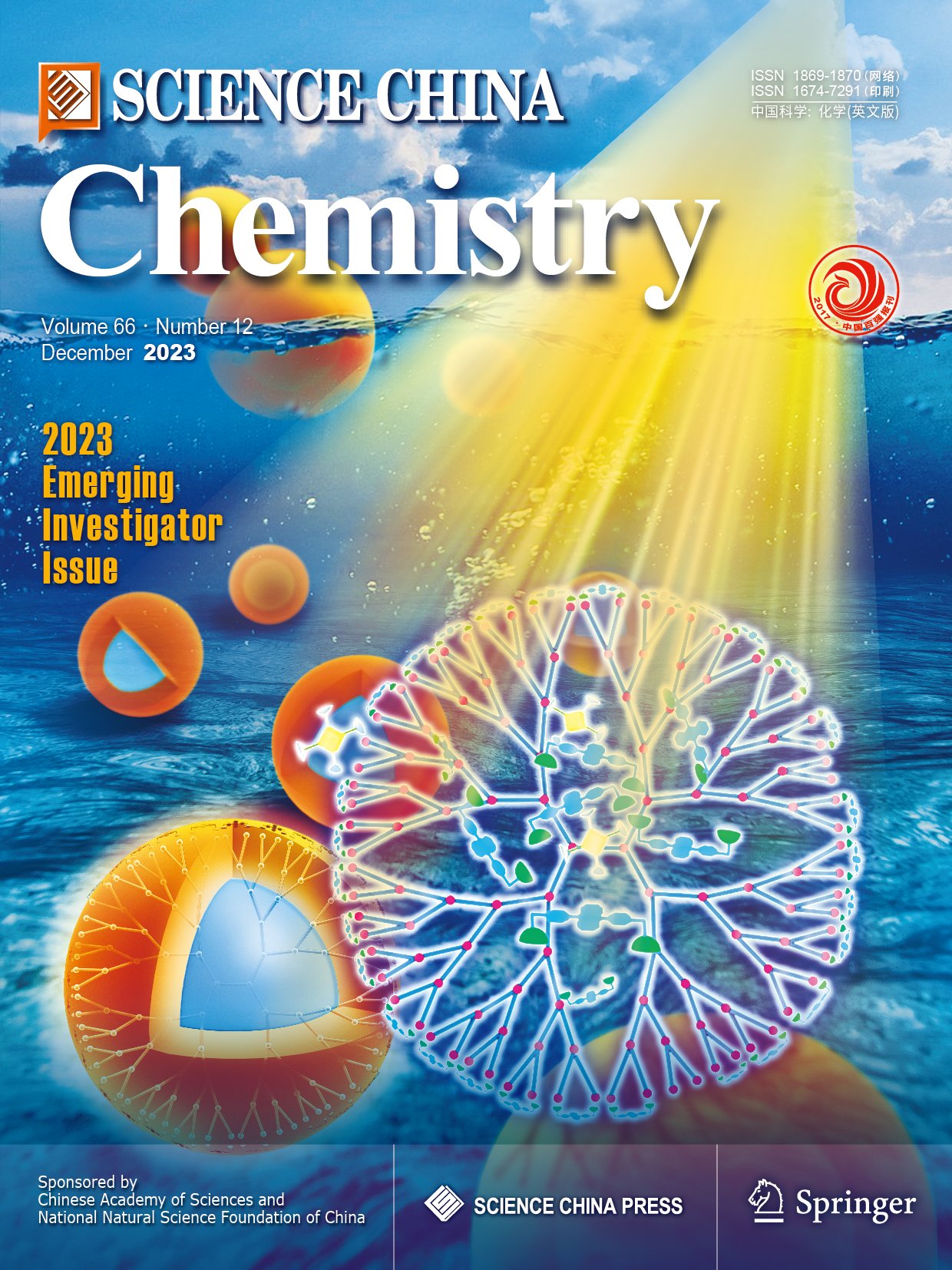Nickel-single-atom enriched conjugated coordination polymers for efficient urea oxidation electrocatalysis
Abstract
Urea oxidation reaction (UOR) electrocatalysis, a promising anodic reaction with lower overpotentials than the oxygen evolution reaction, can work in tandem with many cathodic reactions to improve energy-conversion efficiencies. Among other catalysts, single-atom catalysts (SACs) possess immense potential as high-performance and low-cost catalysts towards UOR, owing to their numerous advantages such as metal-utilization efficiency and low-coordination metal sites. Nevertheless, systematic studies remain unexplored for the local coordination structures of SACs regulating their UOR pathways, which severely impedes further performance advancement. Here, we aim to construct the mechanistic picture of UOR pathways on SACs, using two nickel-single-atom enriched conjugated coordination polymers (named Ni–N–CP and Ni–O–CP) with well-defined NiN4 and NiO4 coordination structures for the proof-of-concept studies. The Ni–O–CP exhibits exceptional UOR performance with a turnover frequency of 0.51 s−1, significantly outperforming the Ni–N–CP (0.38 s−1) and other state-of-the-art SACs towards UOR. Our theoretical calculations combined with in-situ Fourier transform infrared and ultraviolet-visible spectroscopy measurements elucidate that two UOR pathways towards NO2− and N2 products were identified, which critically depends on the participation of the as-generated ammonia species in the UOR process. This work provides insights for regulating the activity and selectivity of UOR electrocatalysis.

 求助内容:
求助内容: 应助结果提醒方式:
应助结果提醒方式:


